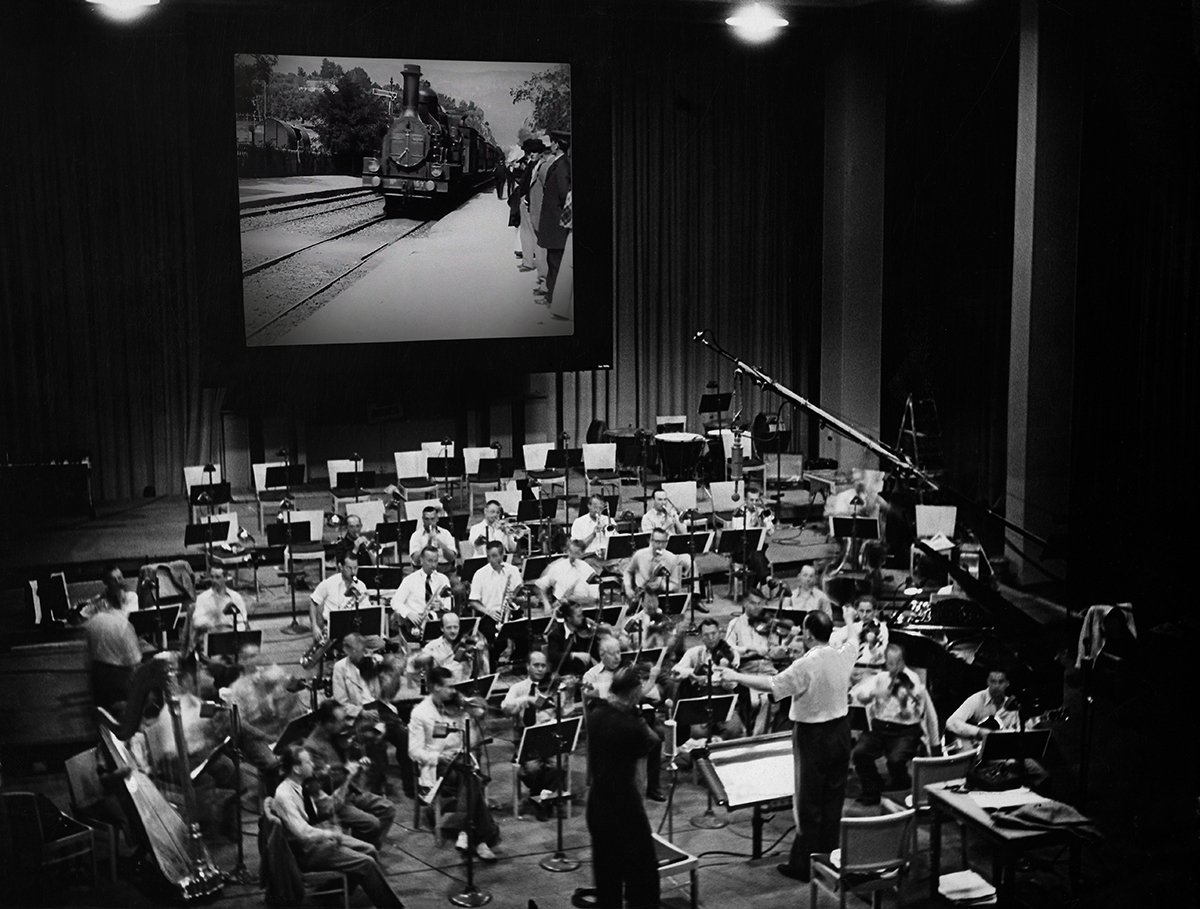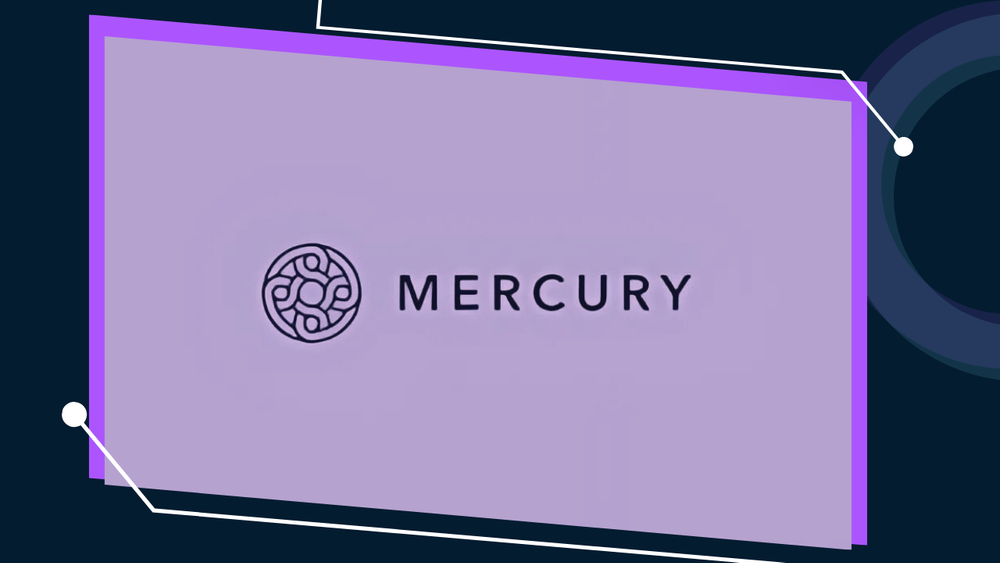A Brief History of Sync Licensing

Sync licensing has become a buzzword in the music industry, but its roots go back much further than you might think. So, what exactly is sync licensing, and how did it evolve to become such an integral part of the music and media landscape? Let’s take a journey through its history.
What is Sync Licensing?
Sync licensing, short for synchronization licensing, is the process of pairing music with visual media. This could be anything from movies and TV shows to commercials and video games. When a song is used in a scene, an advertisement, or any visual piece, a sync license is required. This license ensures that the music creators are compensated for their work being used in a different context.
The Early Days: Silent Films and Live Music
The concept of sync licensing dates back to the early 1900s, during the era of silent films. Since these films had no recorded sound, theaters often hired live musicians to play music that matched the on-screen action. While this wasn’t exactly sync licensing as we know it today, it laid the groundwork for the relationship between music and visual media.

Image Source: Vogue
The Golden Age of Hollywood: Music Takes the Spotlight
With the advent of “talkies” in the late 1920s, movies started to include synchronized soundtracks. This was a game-changer. Composers like Max Steiner and Bernard Herrmann became famous for their film scores, and the demand for music in movies skyrocketed. Studios began to see the value of having original music scores, leading to the first formal agreements between filmmakers and musicians.
Television Era: Expanding Horizons
The rise of television in the 1950s and 60s brought new opportunities for sync licensing. TV shows needed theme songs and background music, creating a new revenue stream for artists and composers. Iconic TV themes like those from "The Twilight Zone" and "Gilligan’s Island" became household names, demonstrating the power of music in shaping a show's identity.
The MTV Revolution: Music Videos and Beyond
In the 1980s, MTV revolutionized the music industry by putting music videos at the forefront of popular culture. Suddenly, visuals and music were inseparable, and sync licensing became even more critical. Artists like Michael Jackson and Madonna used music videos to enhance their brand, and the industry took note of the immense potential in pairing music with visuals.
Digital Age: Sync Licensing Goes Global
The digital revolution of the 2000s changed everything. With the rise of the internet, streaming services, and social media, music could reach a global audience like never before. This period saw an explosion in the demand for sync licenses as brands, advertisers, and content creators sought to use popular music to engage their audiences.
Today: An Essential Part of the Industry
Today, sync licensing is an essential part of the music industry. It provides significant revenue for artists and labels while allowing brands and filmmakers to connect with audiences through the power of music. Whether it’s a blockbuster movie, a viral video, or a memorable commercial, sync licensing is at the heart of it all.
Conclusion
As technology continues to evolve, so will the opportunities for sync licensing. Virtual reality, augmented reality, and other emerging technologies are opening up new frontiers for music and visual media collaboration. One thing is certain: the relationship between music and visuals will continue to grow, and sync licensing will remain a crucial part of the journey.
Stay tuned for more insights and updates as we explore the ever-changing world of music and media.
Let’s Collaborate!
Need help building the tone for your production? Hit us up – the Rareform Audio team would love to help you create the perfect soundtrack that speaks to your audience and enhances the power of your visual storytelling to new heights!
A weekly glimpse into the world of music & media with insider news, sync licensing opportunities, creative insight, and discussions.
Rareform Highlights
Unleash blockbuster-grade sound. Get your music movie-ready.
Black Sheep Music & Rareform Audio strike back in the Star Wars universe.
Rareform Audio & Black Sheep Music launch a cinematic music catalog engineered for storytelling at scale.
Black Sheep Music & Rareform Audio join forces with Bungie
Rareform Audio, an innovative leader in music and audio post-production, specializes in custom music creation, sound design, sonic branding and a vast catalog of diverse genres. Our talented roster of artists, composers and sound designers elevate projects for film, TV, ads, trailers and video games by merging artistry with cutting-edge soundscapes.




































